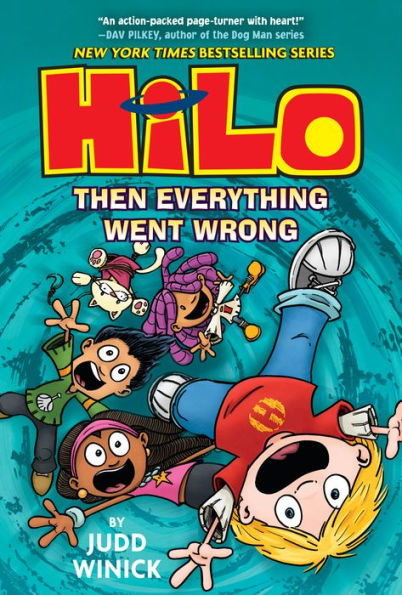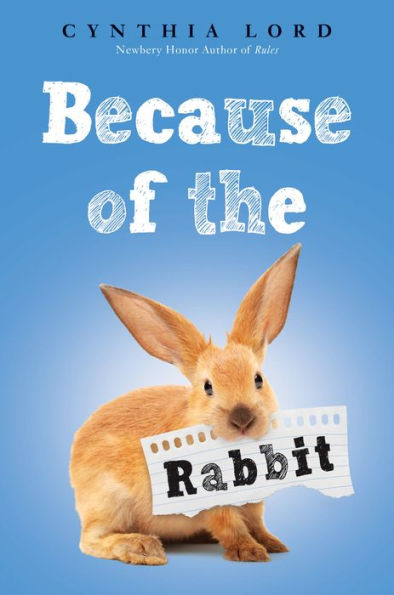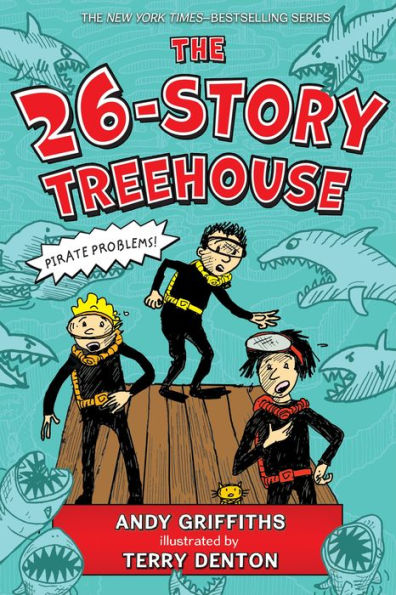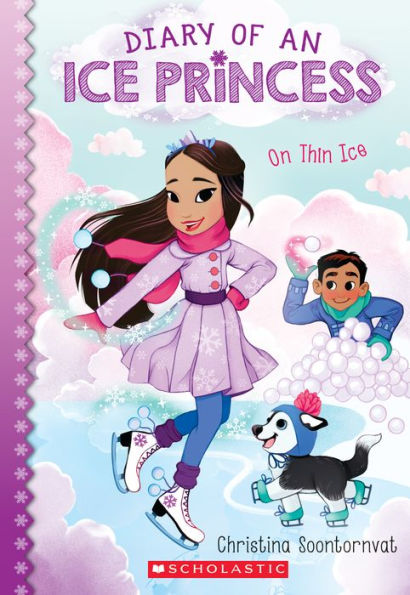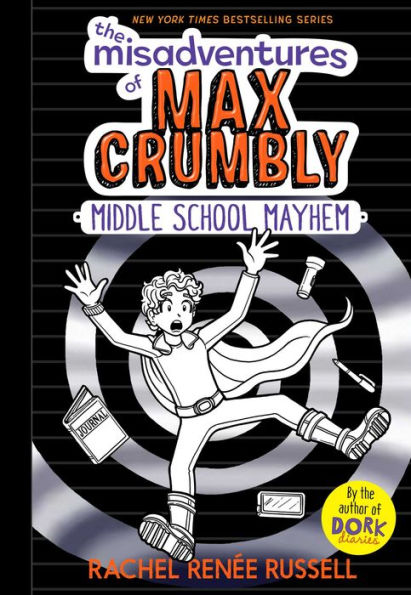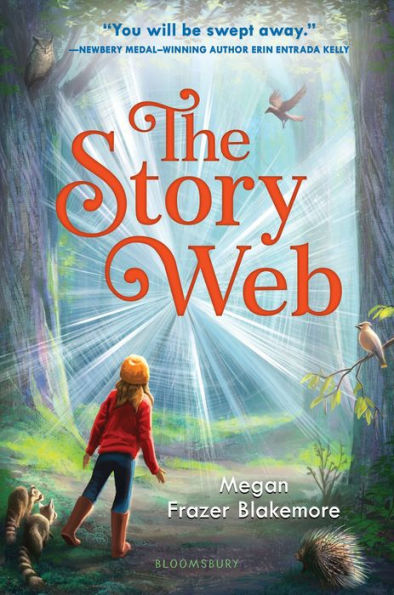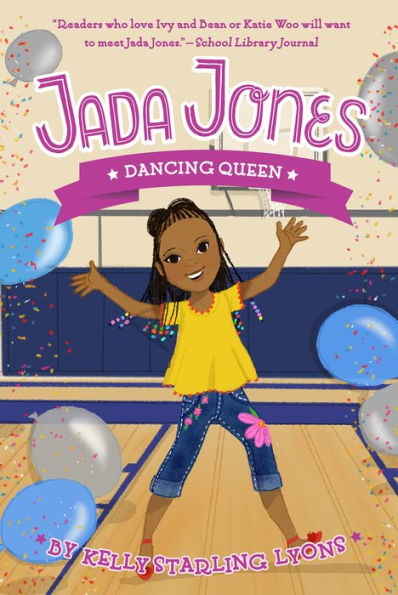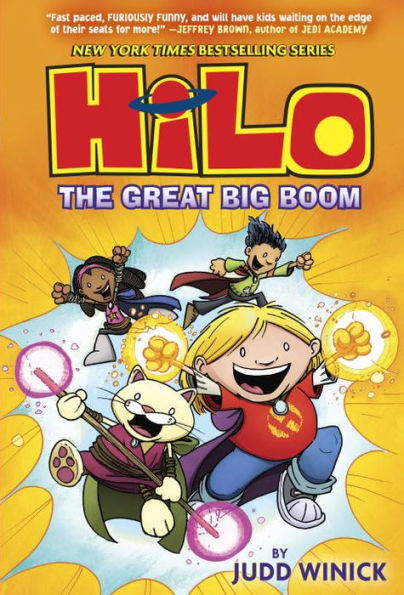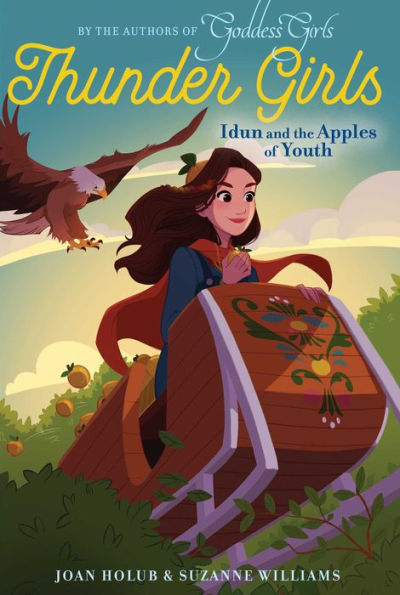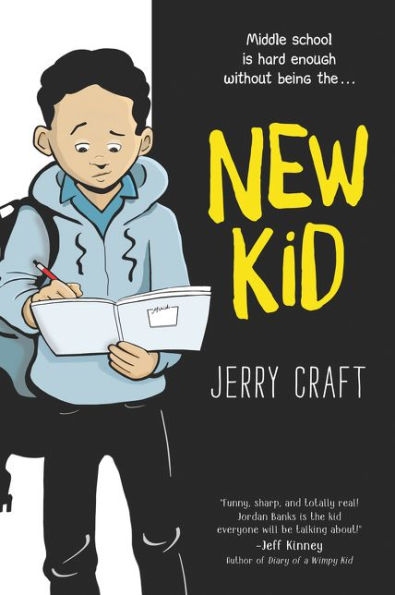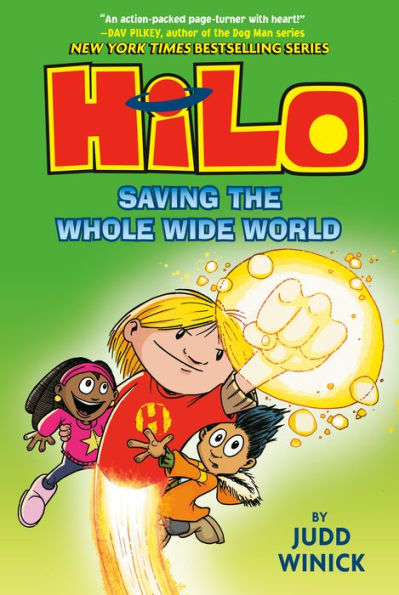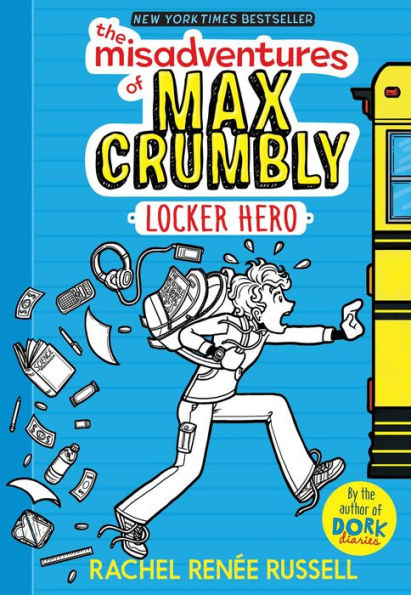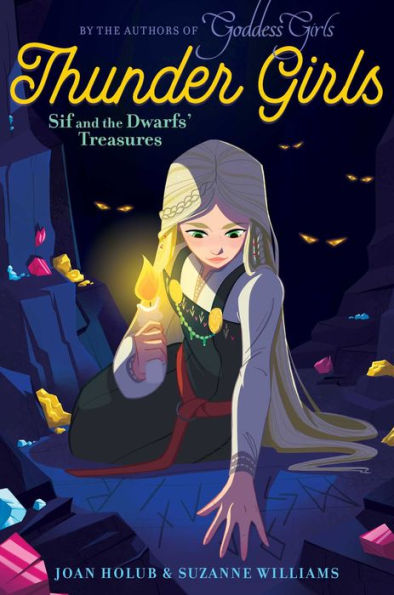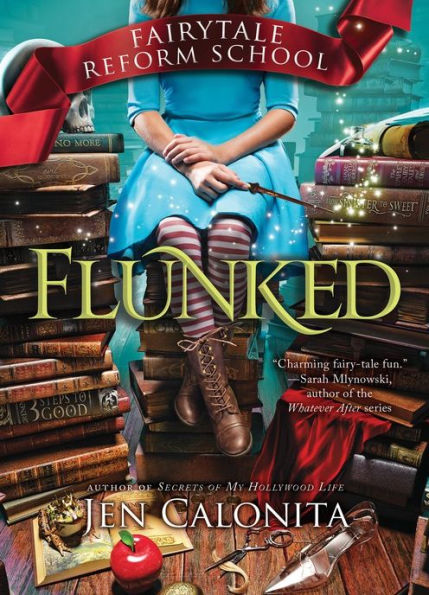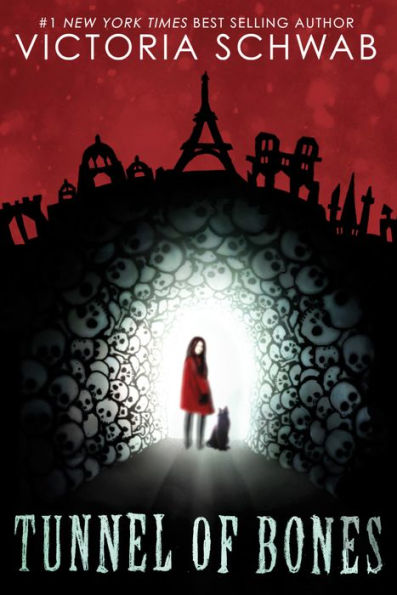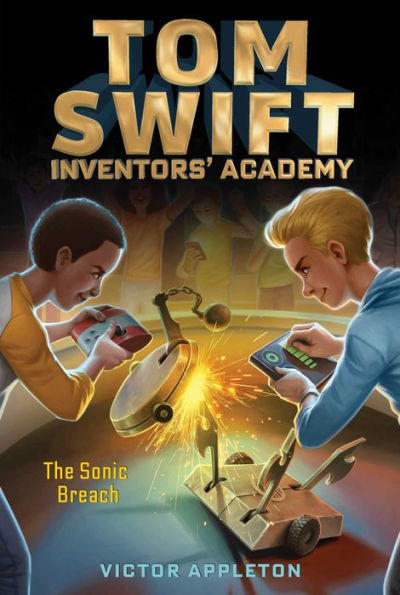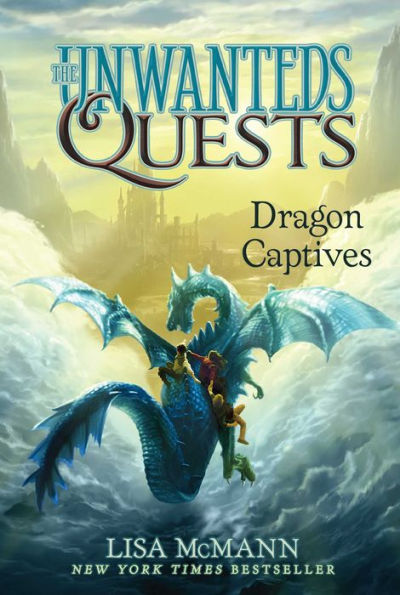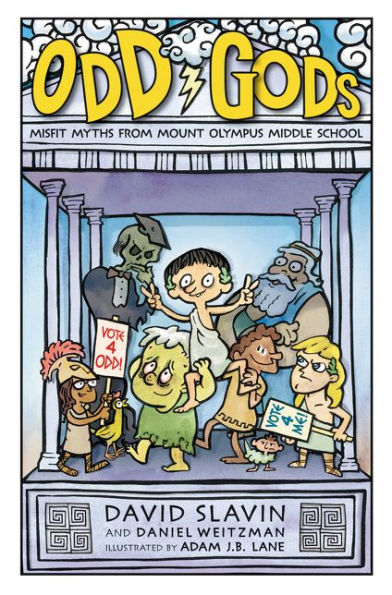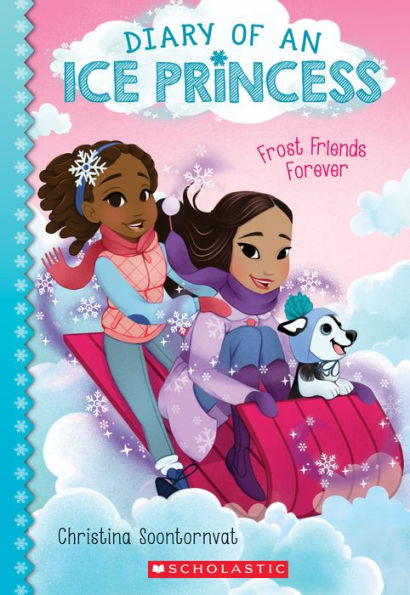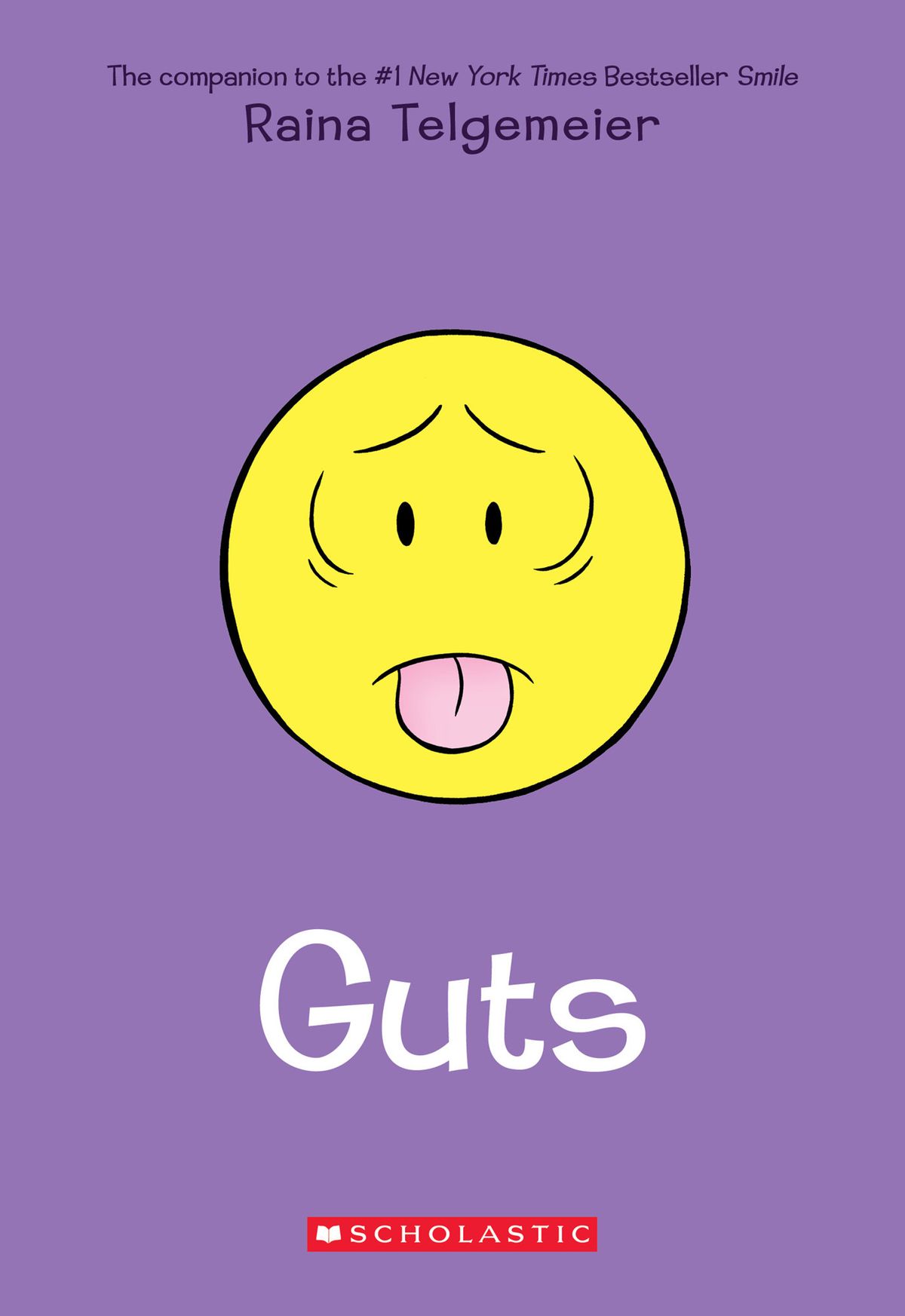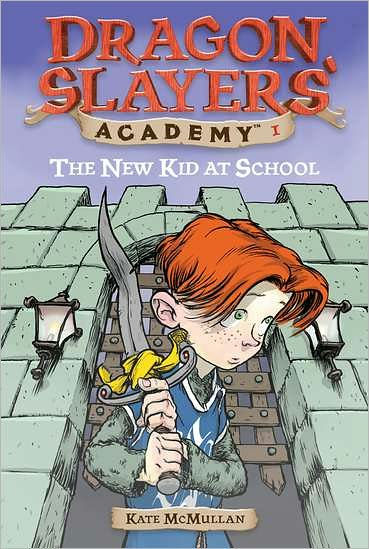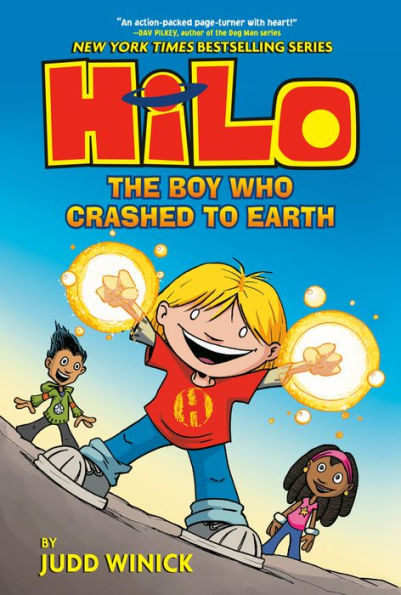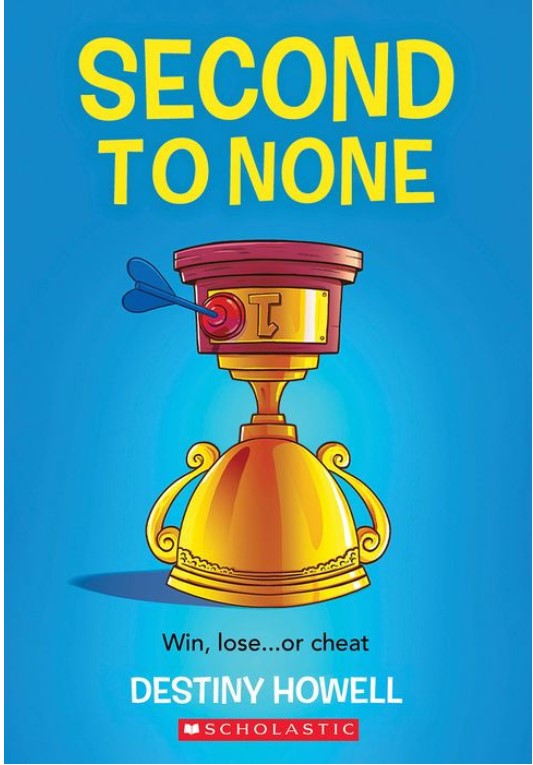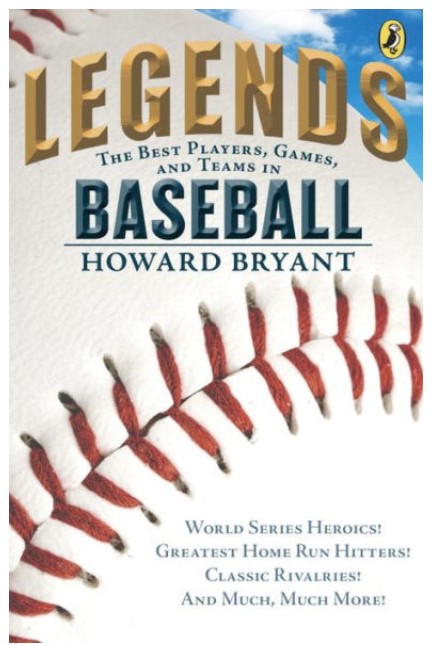Hilo can’t remember his past, so he decides to go back to his home planet. But D.J. won’t let Hilo return to his home alone and jumps through the portal before anyone can stop him. In order to hide their disappearance, Izzy makes a fake Hilo and a fake D.J. robot. The two friends need time to explore Hilo’s home planet. Will D.J.’s parents figure out that D.J. is missing?
Hilo knows he is supposed to save everyone, but what happens if danger appears when he is gone. As Hilo discovers his past, the military is quickly narrowing their search for him. Will Hilo discover the answers he needs before it’s too late?
With Hilo and D.J. on another planet, Izzy and Gina are forced to take drastic measures to hide their missing friends. Gina creates a fake Hilo and a fake D.J., but it’s impossible for her to make them act “normal.” Even though Izzy and the robots are supposed to blend in, they keep getting into fights at school. Polly appears on earth, which adds to the comical conflict. Despite the fights and the misunderstanding, it is clear that the friends will do anything to keep each other safe.
Then Everything Went Wrong is full of humor and heart. Izzy and Polly clearly don’t understand earth’s customs, and their well-intentioned mistakes will keep readers giggling. Izzy keeps telling everyone that she “knows how all of the pieces fit,” but does she know what’s best for everyone?
Brightly colored illustrations will capture readers’ attention, but readers will want to keep turning the pages because of the engaging story and the likable characters. The detailed illustrations show exaggerated facial expressions which will help readers understand the characters’ changing emotions. For maximum enjoyment, the stories should be read in order. Even though the first chapter recaps the events in the previous books, the story’s plots build on each other.
The story hits on themes of friendship, fitting in, and the dangers of war. The book ends with a shocking cliff-hanger that will leave readers in suspense. Even though Then Everything Went Wrong is the fifth installment of the series, the plot continues to build and keep readers engaged. Hilo is a boy robot that readers will love.
Sexual Content
- None
Violence
- Hilo decides to go back to his home planet, and D.J. refuses to be left behind. D.J. puts on Hilo’s spacesuit and goes through a portal. Hilo follows. They see space pigs and D.J. almost gets eaten by a space frog.
- When Hilo and D.J. find Dr. Horizon’s secret lab, Hilo hits a button that begins a self-destruct countdown. Hilo creates a shield around himself and D.J. that protects them from the blast.
- When a boy calls Polly a weirdo, she hits him. The boy falls on the ground and Polly jumps on his back and pulls his arm back.
- When a group of girls yells at Polly, Polly says, “I won’t be fighting anyone.” A girl pushes Polly and fake Hilo and fake D.J. jump in to protect Polly. The fight is not described.
- A woman tells Hilo a story about Tamir, who said, “I was a creature of rage and greed. I sought only to hurt and to conquer and to rule my world. . . I was born enslaved, beaten, starved, abused, and forced to work until the day I was strong enough to fight back.” Tamir changed when he felt love.
- When the army shows up and wants to take Hilo, Gina shoots a beam of light out of her wand. It hits a man in the stomach and knocks him down, but doesn’t seriously injure him.
Drugs and Alcohol
- None
Language
- For show and tell, Izzy says, “So, when I armpit fart—it attacks pigeons. . . If I cup my hand too much, it sounds too high and the pigeons don’t come. . . When I do my right armpit I can call seagulls.”
- In the space void, D.J. asks, “does this place always smell like a gorilla’s armpit?”
- Gina waves her wand at the portal and two big dogs come through. The dogs chase Izzy and Gina.
- Polly says that the Furback Clan was “forced to make weapons for those dirt-snaking vermin.” Then he calls them, “Lizard poop.”
- A military man says, “Dang it” three times.
- Polly, disguised as a human girl, tells the class about “hippopotamus bees” that “weigh three tons, and carry twenty gallons of nectar in their pouches which are attached to their rather gigantic butts.” Polly then points to her butt.
- A boy calls Polly a weirdo.
Supernatural
- Gina sends a communication spell across dimensions.
- Polly uses a “masking spell. It’ll change my appearance. I’ll look human.”
- When Tamir went through a dimensional portal, the creature said, “In my world we call a door like that magic. Here you call it science. It’s mostly the same.”
- Robots “don’t have emotions . . .But they feel. They’re so afraid.”
Spiritual Content
- None
